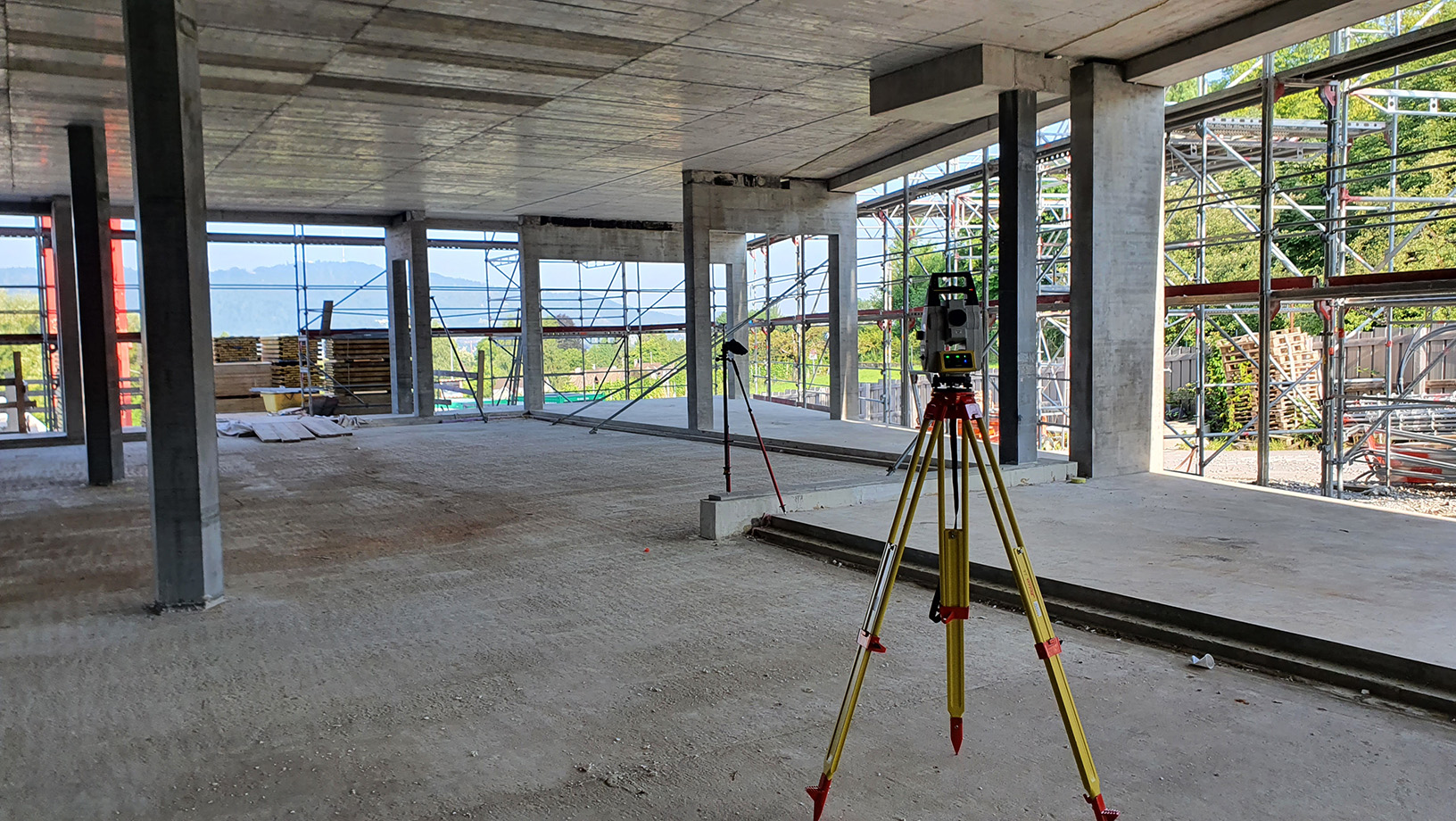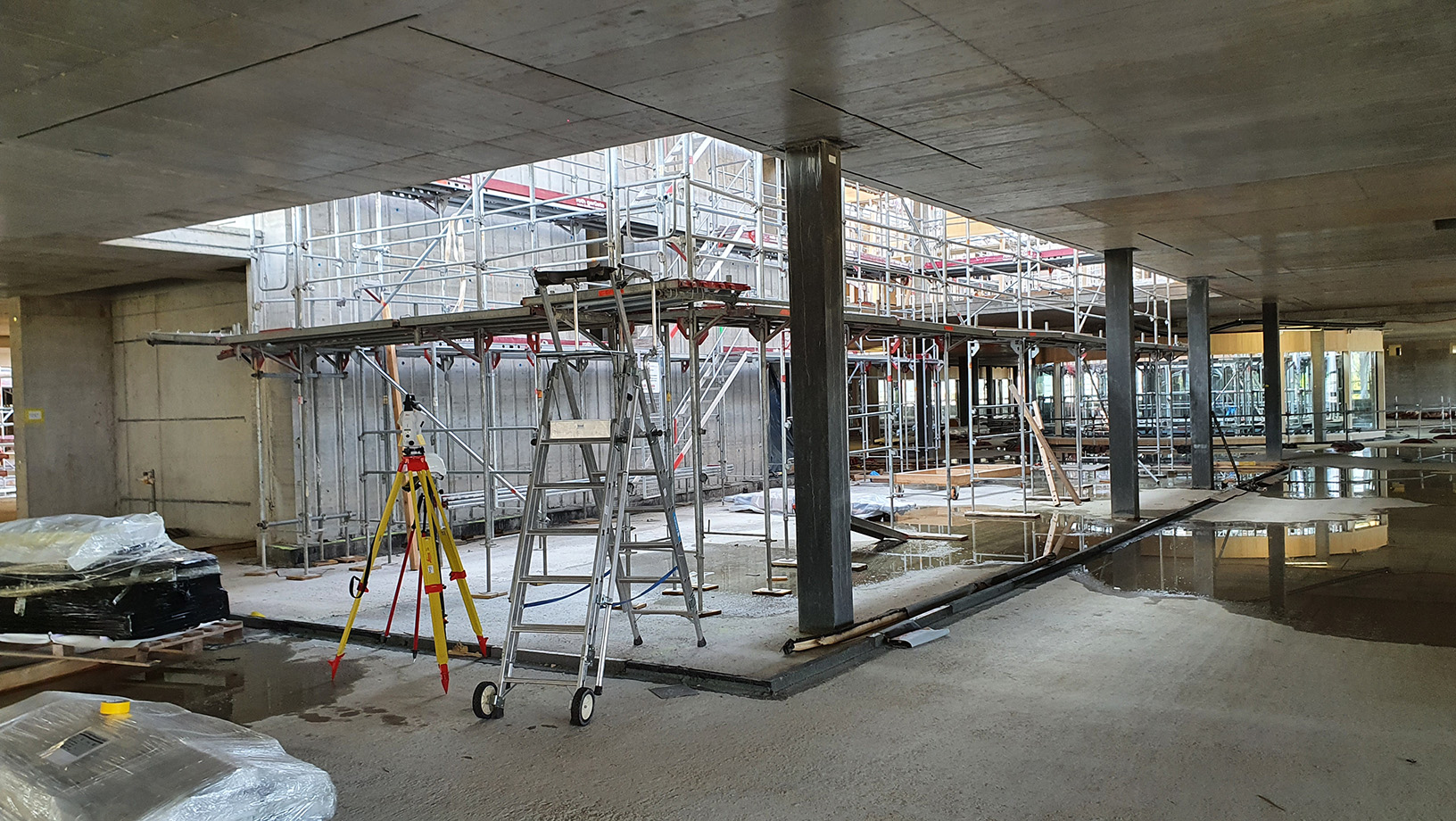Building a next generation hospital

Ready to get started?
More than 150 years ago, Conrad Cramer donated a significant amount to the city of Zurich for the construction of a children’s hospital in memory of his wife, Maria Eleonora. This led to the development of the Eleonore Foundation, which is still the legal entity of the children’s hospital today.
The children’s hospital started its operation on January 12, 1874, located in Zurich-Hottingen with only 30 beds. Today the Children’s Hospital Zurich is the largest university hospital for children in Switzerland and one of the leading centers for child and adolescent medicine in Europe. It has more than 2,300 employees committed to the well-being of 100,000 patients every year from the first day of their life to the age of 18.
The hospital is struggling to keep up with demand and the current conditions do not meet the requirements of research and treatment. The Eleonore Foundation is constructing a new modern building in Lengg, Zurich and the goal is to be ready in 2023. With a floor area of 77,300 m², the acute-care hospital will cover the full spectrum of specialist fields in child medicine and pediatric surgery.
Künzli Holz AG plays a leading role in the construction of the new hospital. With over 140 years of experience, the company is constructing more than 10,000 m2 of internal and external facade elements with the highest architectural and technical requirements (surfaces, geometries, fire protection) for the new University Children’s Hospital.
A hospital in drastic need for innovation

The emergence of new building materials and new construction technologies has changed the face of the building industry. The new hospital is a hybrid concrete structure with prefabricated timber frame elements. The hybrid construction maximises the structural and architectural advantages of combining components made of different materials providing a high-quality building.
Künzli Holz has been a Leica Geosystems customer for many years. As soon as the company was selected for the project, they enriched their tools kit with the Leica iCON solution consisting of the Leica iCON iCR70 total station and Leica iCON field software. Künzli Holz has its own architecture, engineering and project management departments to prepare the curved façade timber frame elements and the internal wall system.
“It takes talent, long experience and tested techniques to deliver high-quality output. As a company, we understand the need to invest in the latest technology to ensure we deliver the very best results to the project we are entrusted with. We use the iCON iCR70 to measure all the concrete structure of the new hospital; it has been an irreplaceable component of our workflow,” said Thomas Siegrist, project manager at Künzli Holz.
One-man layout workflow

Siegrist uses the iCR70 total station to measure the height of the floors, the top and bottom of the walls and the columns. The team needs these measurements to prefabricate the timber elements.
“We measure the concrete structure and import it to our CADwork where we check all the concrete points; this means that we don’t check them on-site but on the computer in our 3D model,” explained Siegrist. “We load the updated model to the iCON field software and then go back to site and we do the layout with the layout lines and layout points, and then we have the 3D model directly in the field.”
“We need to ensure our processes and procedures are the best and most efficient for our customer and cost-effective for our company. The iCON iCR70 robotic total station allows me to operate it alone remotely from a distance. I don’t need assistance to complete the task; I save time on the setting out process, increasing on-site productivity. That’s a big profit for our company,” said Siegrist. “I can then import and display a DXF digital drawing on the screen of the tablet and work directly from the drawings.”
Aiming for accuracy

Siegrist points out that for this project their main priority is to bring the 3D model as accurately as possible on site.
“We are trying to achieve accurate placing of all these prefabricated elements. The level of accuracy we get from the iCR70 is incomparable,” highlights Siegrist. “With the robotic total station, we can jump from level to level and this gives us a more accurate positioning of the layout lines.”
The new hospital has a suspended ceiling fixed to the framework and suspended from the main structure. There are pieces of aluminium the team has to screw into the concrete.
“I use the iCON to bring a layout point from the 3D model to the ceiling; then I can mark it and screw it instead of measuring all these points by hand. This is one of the best features that the robotic total station offers to us,” Siegrist continues.
Siegrist received half-day training to operate the total station. “I found the iCR70 very easy to use,” he added. “The Leica Geosystems representative gave the team and me a half-day course and that was more than enough for us to learn how to use it.”